What is the most commonly used filter medium in drinking water treatment?
As people pay more attention to the quality of drinking water, water treatment technology and equipment have been widely used in households, businesses and industries. Among the many water treatment methods, filter media is one of the key factors, which directly affects water quality and treatment effects.
So, what is the most commonly used filter medium in drinking water treatment? Which filter medium is the best? This article will explore these issues in detail.
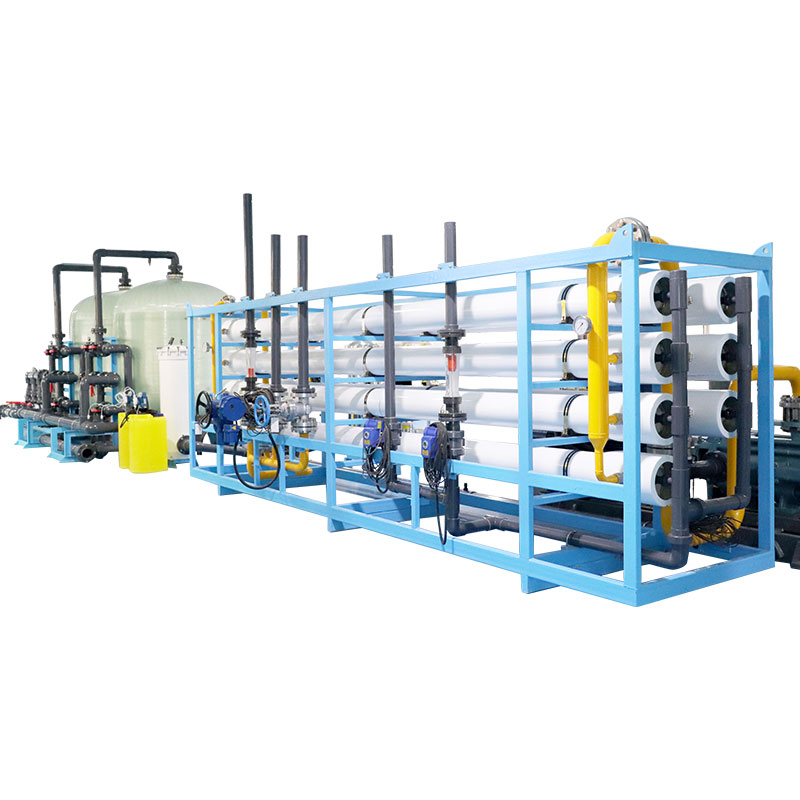
What is the most commonly used filter medium in drinking water treatment?
Common filter media in drinking water treatment are:
1. Activated carbon,
2. Quartz sand,
3. Ceramic filter element,
4. Anthracite,
5. Ion exchange resin.
In drinking water treatment, there are many types of commonly used filter media, each with unique characteristics and application scenarios. The following is a specific introduction to these common filter media:
1. Activated carbon:
Activated carbon is a very common filter medium that is widely used in household and industrial water treatment. Its main function is to adsorb organic matter, chlorine, odor and some trace metals in water.
● Advantages: strong adsorption capacity, can remove odor, color and harmful organic matter in water; relatively cheap.
● Disadvantages: limited effect on the removal of bacteria and viruses; need regular replacement and maintenance.
2. Quartz sand:
Quartz sand filter medium is mainly used to remove suspended matter, silt and impurities in water, and is a common coarse filter material.
● Advantages: high filtration accuracy, can remove larger particles; low cost and long service life.
● Disadvantages: poor removal effect on dissolved organic matter and chemical pollutants; need regular backwashing and maintenance.
3. Ceramic filter element:
Ceramic filter element is a microfiltration medium, usually used in household water purifiers. Its filtration pore size is very small, which can effectively remove bacteria, microorganisms and suspended matter.
● Advantages: high filtration accuracy, can remove bacteria and microorganisms; can be repeatedly cleaned and has a long service life.
● Disadvantages: small flow rate, slow processing speed; cannot remove dissolved organic matter and chemical pollutants.
4. Anthracite:
Anthracite is a natural filter material, usually combined with quartz sand, for multi-media filtration systems in water treatment. Its main function is to remove suspended matter and colloidal particles in water.
● Advantages: good wear resistance and long service life; stable filtration effect, suitable for large-flow water treatment.
● Disadvantages: cannot remove soluble pollutants and microorganisms; requires regular backwashing and maintenance.
5. Ion exchange resin:
Ion exchange resin is a chemical filter medium, mainly used to soften water and remove soluble metal ions in water, such as calcium, magnesium and iron ions.
● Advantages: can effectively remove metal ions in hard water and prevent scale formation; regenerable and long service life.
● Disadvantages: ineffective against organic matter and microorganisms; chemical agents are required during the regeneration process, increasing operating costs.
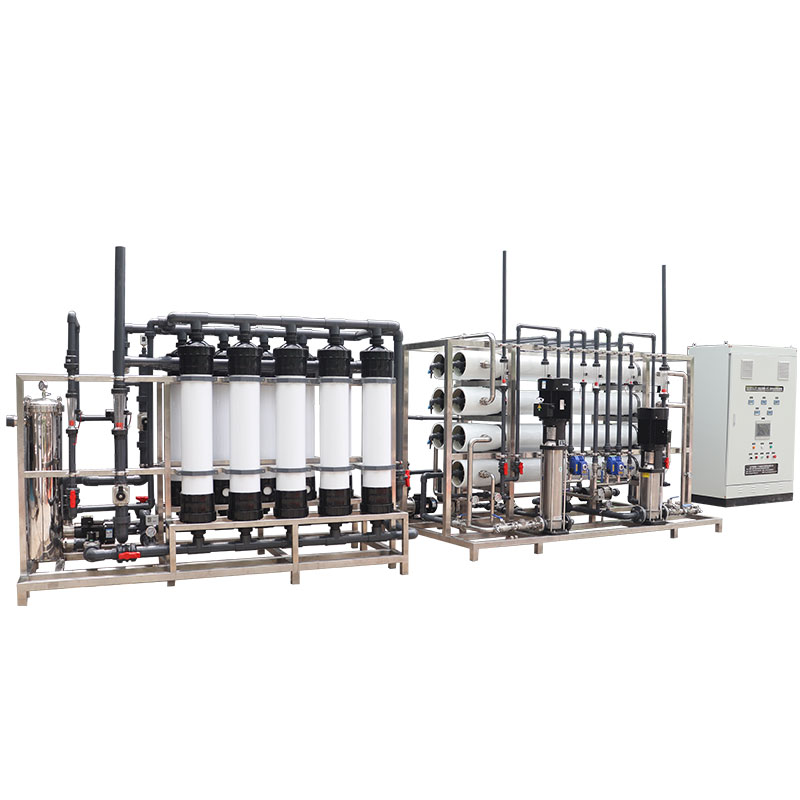
What is the best filter medium?
Before determining which filter medium is best, you need to consider the specific water treatment needs and application scenarios. Different filter media have their own advantages and disadvantages and are suitable for different water qualities and treatment requirements. Here are several common application scenarios and recommended optimal filter media:
1. Household drinking water:
For household drinking water, users are usually concerned about the taste, safety and health of water. Activated carbon and ceramic filter elements are common choices:
● Activated carbon: can effectively remove chlorine, odor and harmful organic matter, improve the taste and safety of water.
● Ceramic filter element: suitable for removing bacteria and microorganisms to ensure the hygiene of drinking water.
Taking all factors into consideration, the combination of activated carbon and ceramic filter elements can provide a more comprehensive filtration effect and is a better choice for household drinking water treatment.
2. Industrial water:
In industrial water treatment, water quality requirements vary from industry to industry. For industries that require high-purity water, such as electronics manufacturing and pharmaceuticals, reverse osmosis (RO) systems and ion exchange resins are the best choices:
● Reverse osmosis system: removes most of the soluble substances and impurities in water through semi-permeable membrane technology to provide high-purity water.
● Ion exchange resin: used to further remove ionic impurities in water to ensure that the conductivity and purity of water meet the requirements.
3. Agricultural irrigation water:
Agricultural irrigation water needs to remove silt, suspended matter and some harmful substances in the water to ensure that the water quality is suitable for crop growth. Quartz sand and anthracite are ideal choices:
● Quartz sand: can efficiently remove silt and suspended matter, protect irrigation equipment and pipes.
● Anthracite: used in combination with quartz sand to improve filtration accuracy and effect, and ensure stable irrigation water quality.
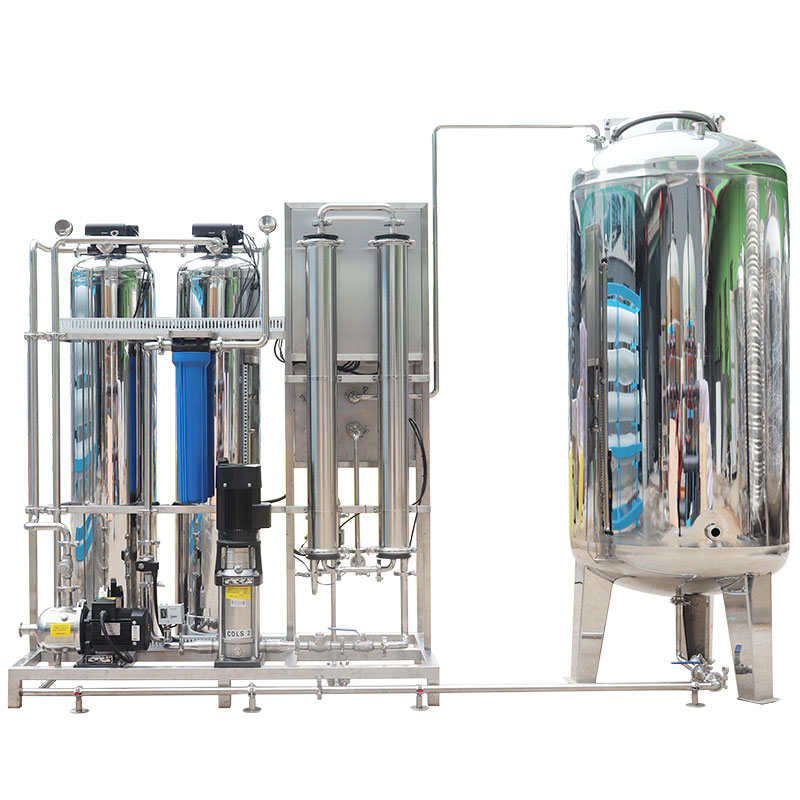
User experience and actual cases
In order to better understand the actual application effects of different filter media, the following are several user experience and case analyses:
Case 1: Home water purifier
A user purchased a home water purifier equipped with activated carbon and ceramic filter elements. After using it, he found that the taste of drinking water was significantly improved, and his family was more assured of drinking water. Activated carbon effectively removes chlorine and odor in the water, and the ceramic filter element ensures the microbial safety of the water.
Case 2: Electronics manufacturing plant
An electronics manufacturing plant needs high-purity water for production and uses a combination of reverse osmosis system and ion exchange resin. The reverse osmosis system effectively removes most of the soluble impurities in the water, and the ion exchange resin further improves the purity of the water, ensuring the high quality requirements of the production process.
Case 3: Farm irrigation
A modern farm is located in an area with a lot of sediment and uses a multi-media filtration system composed of quartz sand and anthracite. The system operates stably, effectively removes sediment and suspended matter in irrigation water, and ensures the healthy growth of crops.
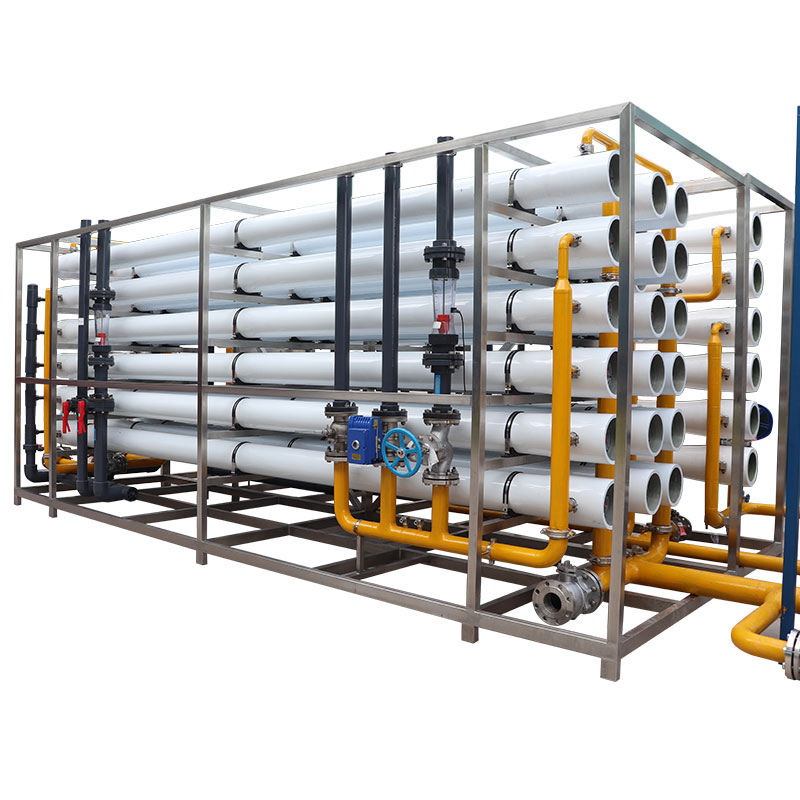
Equipment selection and maintenance
When selecting suitable filter media and equipment, it is necessary to comprehensively consider water quality, usage requirements and cost-effectiveness. At the same time, equipment maintenance is also an important factor in ensuring its long-term stable operation.
1. Household equipment:
Household water purifiers are usually small in size and easy to install. The filter element needs to be replaced regularly to ensure the filtering effect. The activated carbon filter element is usually replaced every 6 months, while the ceramic filter element can be cleaned and used repeatedly, but it needs to be checked regularly.
2. Industrial equipment:
Industrial water treatment equipment is large in size, and installation and maintenance must be carried out by professional technicians. The membrane elements and ion exchange resins of the reverse osmosis system need to be replaced and regenerated regularly to ensure efficient operation of the system. During the operation of the equipment, the water quality needs to be tested regularly and the operating parameters need to be adjusted in time.
3. Agricultural equipment:
Agricultural water treatment equipment is usually designed to be durable and easy to maintain. Quartz sand and anthracite filters need to be backwashed regularly to remove accumulated silt and impurities. Depending on the usage, a part of the filter media needs to be replaced every year to ensure the filtration effect.
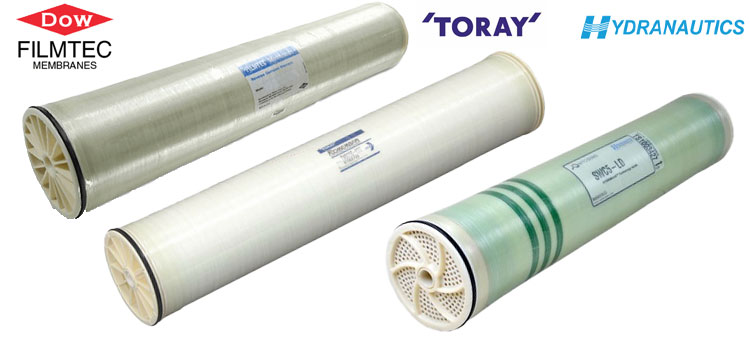
Scientific research and innovation
Scientific research and technological innovation continue to promote the development of the water treatment field and provide more efficient and economical solutions for different application scenarios. For example, the application of new technologies such as new activated carbon materials, composite ceramic filter elements and high-performance ion exchange resins has improved the performance and service life of water treatment equipment.
1. New activated carbon:
Scientists have modified activated carbon to increase its specific surface area and adsorption capacity, making it better in removing organic matter and trace metals. The new activated carbon material also has better pressure resistance and wear resistance, which extends the service life.
2. Composite ceramic filter element:
The composite ceramic filter element improves its antibacterial performance and filtration accuracy by adding materials such as nanosilver and activated carbon to the traditional ceramic filter element. Composite ceramic filter elements can more efficiently remove microorganisms and organic matter from water, ensuring drinking water safety.
3. High-performance ion exchange resins:
High-performance ion exchange resins improve exchange capacity and regeneration efficiency by improving the synthesis process. New resin materials perform better in removing soluble metal ions in water, while reducing the use of chemical agents in the regeneration process, reducing operating costs and environmental impact.
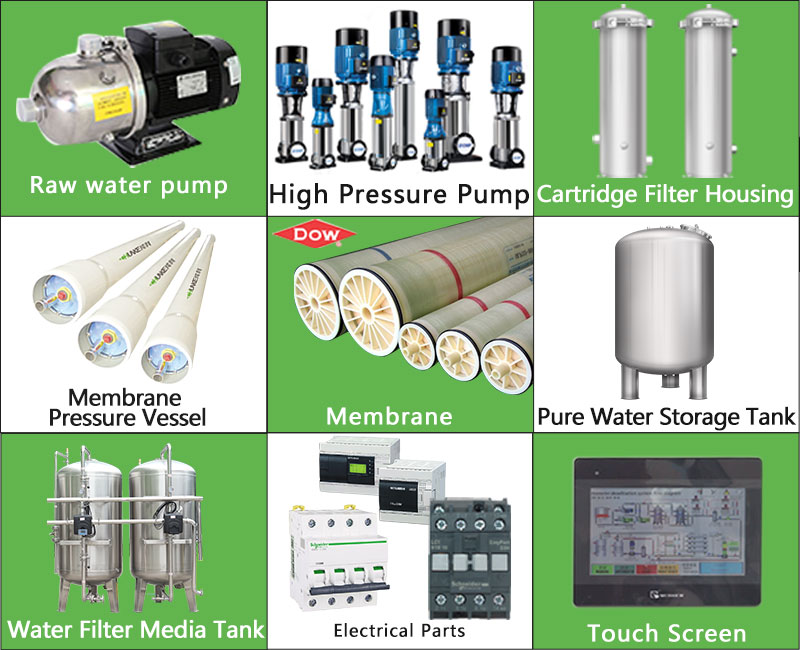
Summary of the most commonly used filter media in drinking water treatment
In drinking water treatment, different filter media have their own advantages and application scenarios. Common media such as activated carbon, quartz sand, ceramic filter elements, anthracite and ion exchange resins play an important role in household, industrial and agricultural water treatment.
The selection of the best filter media requires a comprehensive evaluation based on the specific water quality and usage requirements, while paying attention to the maintenance and maintenance of the equipment to ensure long-term stable operation and water quality safety.




